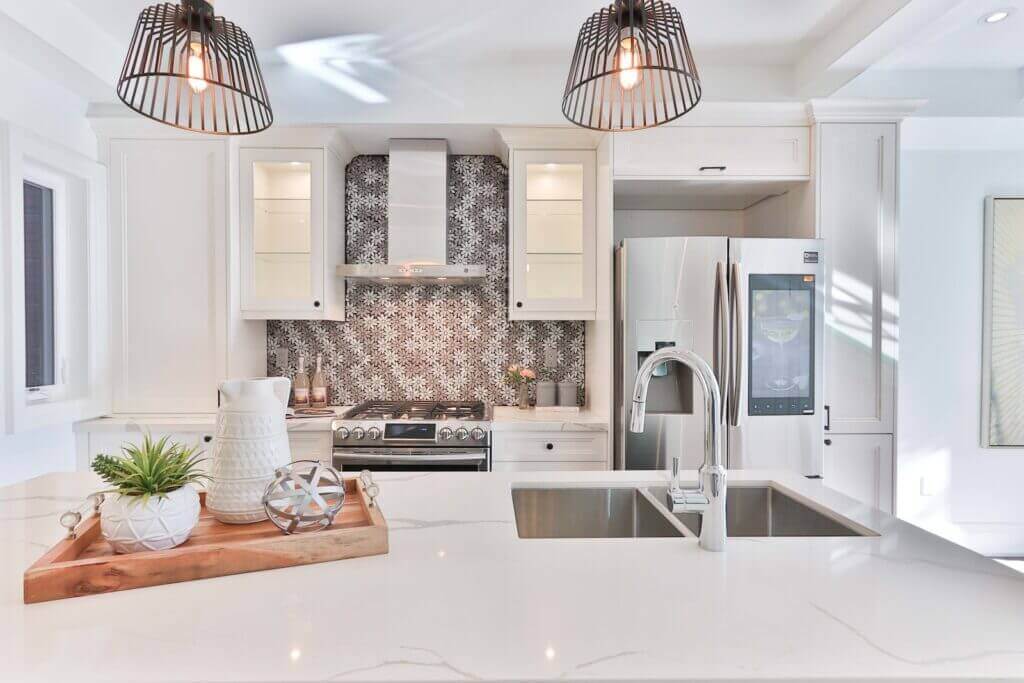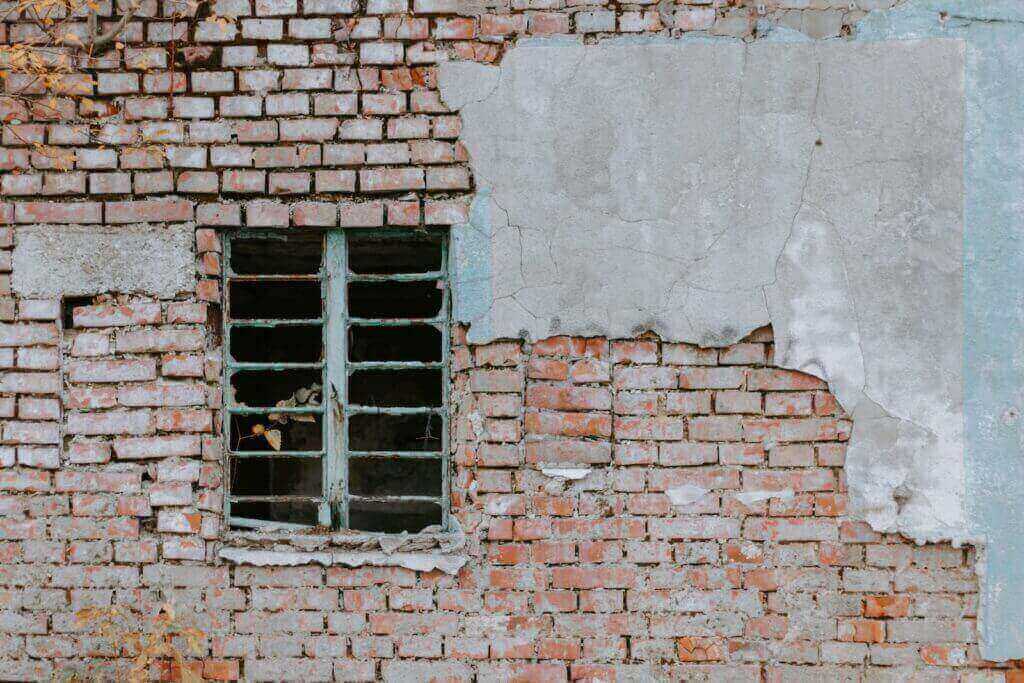Air conditioning is a lifesaver during the scorching summer months, but like any other mechanical system, it’s prone to problems. Understanding common air conditioning issues and how to troubleshoot them can save you time, money, and discomfort. In this comprehensive guide, we’ll delve into some of the most prevalent AC problems and provide practical solutions to fix them.
1. Insufficient Cooling:
One of the most frustrating issues homeowners face is when their AC fails to cool the space adequately. This problem could be due to various factors, such as dirty air filters, refrigerant leaks, or a malfunctioning thermostat. Start by checking and replacing dirty filters, ensuring proper insulation around windows and doors, and scheduling a professional inspection to detect and repair refrigerant leaks or thermostat issues.
2. Uneven Cooling:
If certain rooms in your home feel warmer or cooler than others, it could indicate issues with airflow or ductwork. Check for blocked vents, clean air ducts to remove obstructions, and consider installing a zoning system to regulate temperatures in different areas of your home more effectively.
3. AC Not Turning On:
When your air conditioner fails to turn on, check the thermostat settings to ensure it’s set to cool and the temperature is lower than the current room temperature. If the thermostat seems fine, inspect the circuit breaker or fuse box to see if a tripped breaker or blown fuse is causing the problem. Reset the breaker or replace the fuse if necessary, but if the issue persists, it may indicate a more significant electrical problem requiring professional assistance.
4. Strange Noises:
Unusual sounds emanating from your AC unit, such as grinding, squealing, or banging noises, are often indicative of underlying issues. Grinding noises may signal a worn-out motor bearing, while squealing sounds could indicate a slipping belt. Banging noises may suggest loose or broken parts. Turn off the AC immediately and schedule a professional inspection to diagnose and resolve the problem before it escalates.
5. Frozen Evaporator Coils:
Frozen evaporator coils can result from restricted airflow due to dirty air filters or blocked vents, low refrigerant levels, or malfunctioning components like the blower fan or thermostat. Thawing the coils, replacing dirty filters, and ensuring proper airflow are temporary fixes. However, addressing the root cause requires professional intervention to detect and repair leaks, recharge refrigerant levels, or replace faulty components.
6. Water Leaks:
If you notice water pooling around your indoor AC unit or dripping from the vents, it could indicate a clogged condensate drain line, a frozen evaporator coil, or improper installation. Clear any obstructions from the drain line, replace clogged filters, and ensure proper installation and insulation to prevent condensation buildup.
7. Foul Odors:
Musty or foul odors emanating from your AC vents may stem from mold or mildew growth within the ductwork or evaporator coils. Regularly clean or replace air filters, schedule professional duct cleaning to remove mold and mildew, and consider installing UV lights to inhibit microbial growth and improve indoor air quality.
8. Electrical Issues:
Electrical problems, such as faulty wiring, capacitor issues, or a malfunctioning compressor, can cause your AC unit to malfunction or fail altogether. If you notice frequent tripped breakers, flickering lights, or burning smells near your AC unit, immediately turn off the power and contact a licensed electrician or HVAC technician for diagnosis and repair.
9. Thermostat Malfunctions:
A malfunctioning thermostat can disrupt your AC’s cooling cycle, leading to temperature fluctuations or system failure. Check the thermostat settings, replace the batteries if necessary, and ensure it’s installed away from heat sources or direct sunlight. If the thermostat continues to malfunction, consider upgrading to a programmable or smart thermostat for better control and energy efficiency.
10. Lack of Maintenance:
Regular maintenance is essential for keeping your air conditioner in top condition and preventing costly repairs. Schedule annual tune-ups with a licensed HVAC technician to inspect, clean, and lubricate critical components, check refrigerant levels, and identify potential issues before they escalate. Additionally, perform basic maintenance tasks like cleaning or replacing air filters, clearing debris from outdoor units, and keeping vents unobstructed.
By addressing these common air conditioning problems promptly and effectively, you can ensure your system operates efficiently, prolong its lifespan, and maintain a comfortable indoor environment for years to come. However, for complex issues or those requiring professional expertise, always consult a licensed HVAC technician to avoid further damage or safety hazards.


